If we talk about revolution in the automobile industry, Elon Musk’s Tesla has literally taken the forefront since last few years in producing top tier electric vehicles. Though the cars are a non-electric segment, they do manage to maintain their premium and sporty look. Not only by looks, but they also put up high end and efficient performance along with tough hardware. The primary highlight of Tesla vehicles is the electric motor which puts life in the vehicle. In this post, we will take a look at the under-the-hood functionality of a Tesla car. We will understand in detail how does a Tesla Car Work.
The Tesla Motor
Simple it may sound but Tesla cars make use of Lithium-ion battery power. It is based on the functioning of the Tesla induction motor. The induction motor has two parts, a rotor, and a stator. The stator receives a three-phase AC power input. This power produces a rotating magnetic field. This rotating magnetic field makes the rotor run.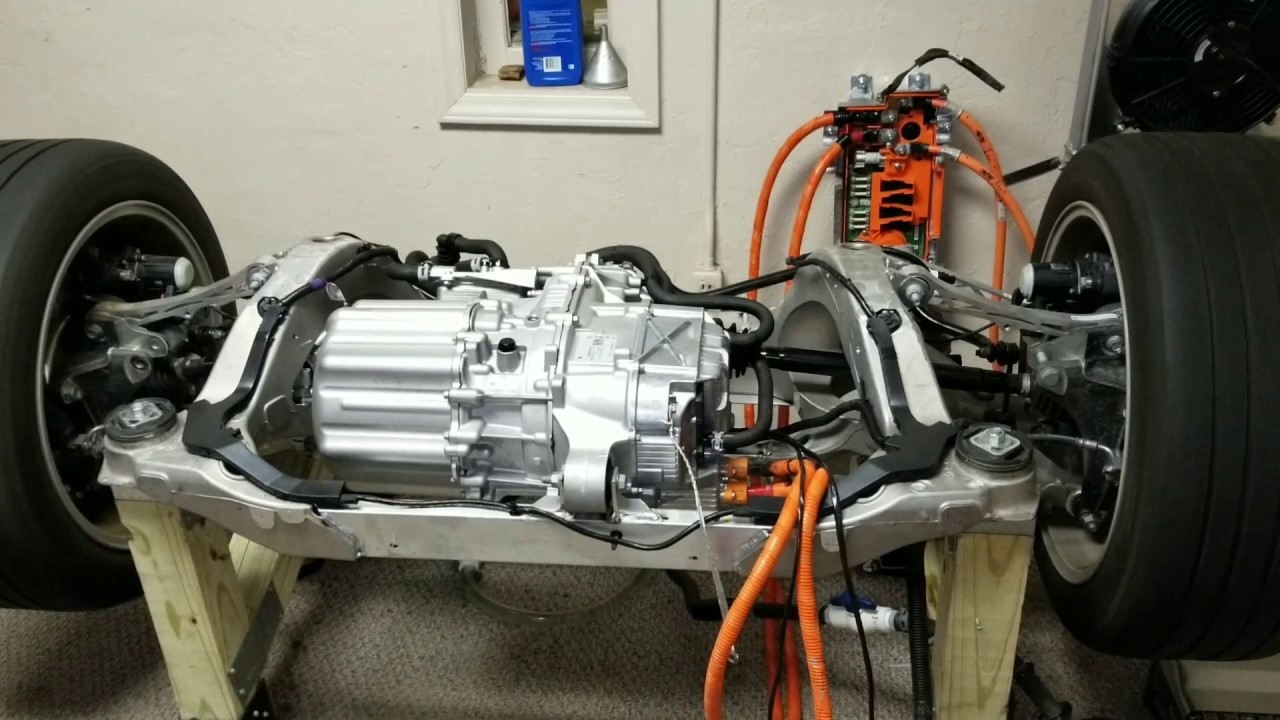
The speed of the induction motor is dependent on the frequency of the AC power supply. The motor speed can go all the way up to 18,000 RPM. The power that the motor produces moves through a gearbox to the drive wheel. There is single-speed transmission aiming at associated torque multiplication and speed reduction.
Comparison with Internal Combustion Engine
Now, let’s compare the tesla motor with the IC engine. The IC engines basically produce output at a limited speed range. However, the induction motor can run efficiently at any speed range. This is the very reason why electric vehicles have no manual gear transmission.
Again, the regular IC engine the linear motion of the Piston has to be converted into the rotational motion. we cannot achieve direct rotational motion on an IC engine. To achieve this, there is a requirement of many other components on the engine.
On the contrary, an induction motor achieves direct rotational motion. It needs no extra components and hence the weight of an induction motor is far less than that of an IC engine. Also, adding icing on the cake the electric motor produces more output than the IC.
Power System in Tesla
The motor receives its power from DC powered battery. Before the power reaches the electric motor, it should convert from DC to AC. An inverter. The inverter can vary the amplitude of the AC power, thus controlling the speed of the motor.
The battery used in the Tesla is a collection of common Lithium-ion cells. These cells are fixed in a detachable manner. There are a total of 16 modules of cells bringing together the power of 7,000 cells. Their arrangement follows a rigid interface. All the cells are connected in a series and parallel to produce the power. Between the gap of the cells Glycol coolant is used. It is spread through metallic tubes that pass between the cell gaps.
The point is to provide effective cooling and temperature dissipation. Also, it ensures a better battery life. The glycol which dissipates heat, it removes the heat through the car’s radiator which is present in the front.
Gearbox
The gearbox in a Tesla EV has an open differential. The reduced speed drive passes on to the differential. The open differential does have the issue of traction control. So, naturally, the question arises that why a high-end brand like Tesla would make use of open differential and not a slip differential..?!
Open differential provides better torque and is more sturdy. The solution to the issue of traction control is to cut the power supply and selective braking. If we compare this to an IC engine, an electric motor is far more responsive in this matter. If we use sensors and controllers, we can achieve better traction control.
Conclusion
So, this was a detailed look into the workings of a Tesla car motor. Almost all-electric car follow up a similar mechanism to run. This is futuristic, environment-friendly and at the same time overcomes the need of fossil-fuel to run.



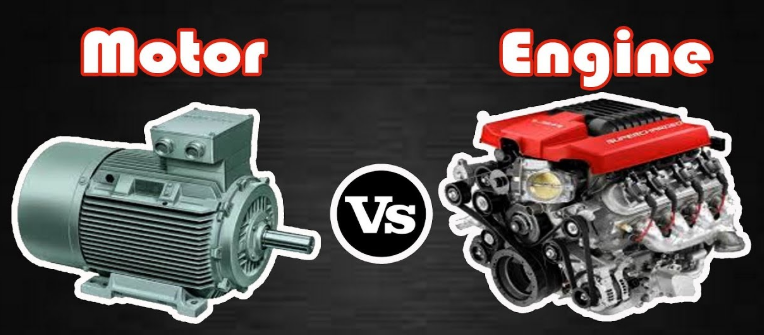

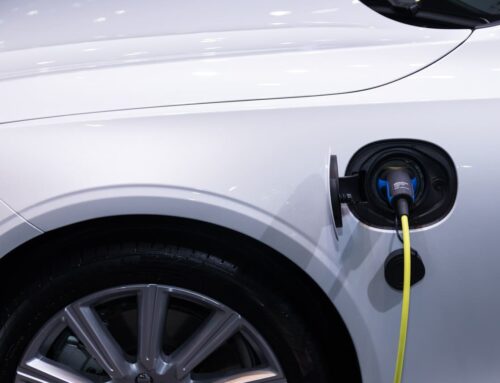

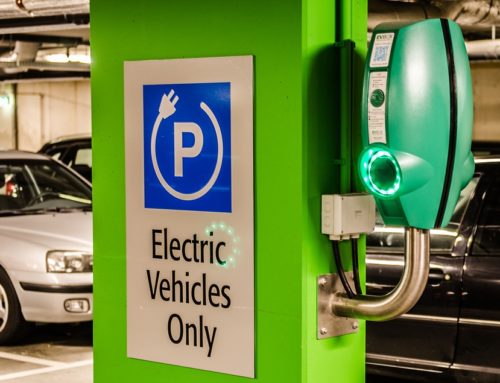
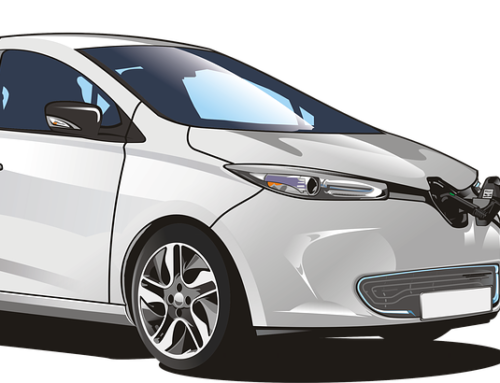

Leave A Comment